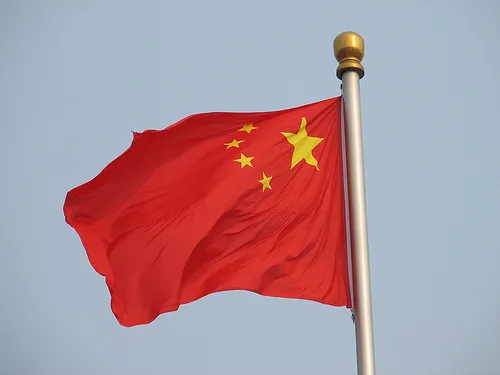
China's 4Q12 GDP dodges sharp economic slump
It's a temporary ''hard landing''.
According to FItch Ratings, fourth-quarter GDP data released today suggest China has avoided a sharp economic slowdown - or "hard landing" - for the moment.
Nevertheless, risks to economic growth remain, chief among them in the near term being potential problems in the financial systems. And the economy still faces the challenge of rebalancing towards consumption away from investment.
The figures show that the Chinese economy grew by 7.9% in Q412 from a year earlier, taking annual growth in 2012 to 7.8%, in line with our forecast, and consistent with our expectation of real GDP growth rates of 7%-8% over 2012-2014. The Q4 reading is a pick-up from Q3's 7.4% year-on-year growth.
It appears to confirm a recovery already suggested by other indicators, such as the rise in purchasing manager indices. We predict modest monetary and public-investment stimulus to support real GDP growth of about 8% in 2013.
Here's more from Fitch:
A hard landing seems to have been avoided, but monetary easing in 2012 spurred the amount of credit in China's economy to new highs and intensified Fitch's concerns about a debt problem in China. Official data show "total social financing" grew 23% over the year, after an 8.5% contraction in 2011. Fitch estimates total credit in China's economy, including items off bank balance sheets, at about 190% of GDP by end-2012, up from 124% at end-2008.
We expect this debt problem to require sovereign resources to be resolved. This will weigh on China's local-currency sovereign credit profile and drives the Negative Outlook on the 'AA-' rating.
Even if the debt problem can be resolved without denting China's growth, the macroeconomic outlook for the medium term is more challenging. China faces the increasingly urgent task of rebalancing its economy away from investment and towards consumption. The data show limited progress so far. Consumption contributed 4pp to annual growth in 2012, similar to the investment contribution of 3.9pp. (Net trade subtracted 0.2pp from the growth rate.) Retail sales grew a robust 14.5% in Q412 year on year by Fitch's calculation, but were outstripped by fixed asset investment growth of 20.3% for the same period.
The investment-led growth model is running into tightening constraints. The first constraint arises from the ability of the financial system to fund more capital spending in light of the existing scale of leverage and emergent pressure on bank liquidity. The second constraint is that still-higher investment, without a commensurate rise in the already-stratospheric savings rate, would see China running the risk of incurring a structural current account deficit.
In the longer term, the ability of China's economy to rebalance will also be significant for the ratings via its impact on economic growth and stability.








![Cross Domain [Manu + SBR + ABF + ABR + FMCG + HBR + ]](https://cmg-qa.s3.ap-southeast-1.amazonaws.com/s3fs-public/styles/exclusive_featured_article/public/2025-01/earth-3537401_1920_4.jpg.webp?itok=WaRpTJwE)









 Advertise
Advertise


